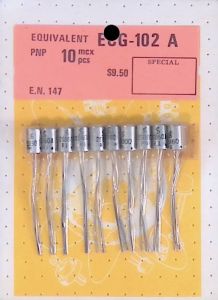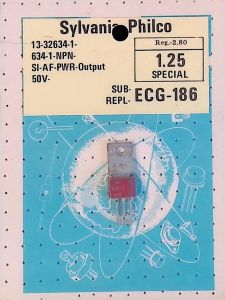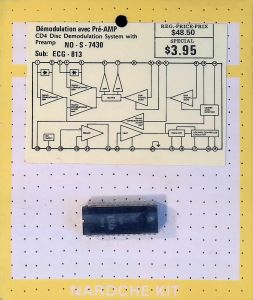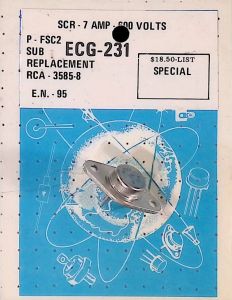The History of the Invention of the Transistor
The journey towards the transistor began with the study of semiconductors, materials that could conduct electricity under certain conditions. In the 1920s and 1930s, physicists such as Julius Edgar Lilienfeld and Oskar Heil explored the idea of using semiconductors to amplify electrical signals, laying the theoretical foundation for transistor technology. However, practical implementation remained elusive due to the limitations of materials and manufacturing techniques at the time.
The Breakthrough at Bell Labs
The true breakthrough came in the late 1940s at Bell Laboratories, a research facility in the United States. There, a team led by physicist William Shockley, along with John Bardeen and Walter Brattain, developed the first practical point-contact transistor. This historic achievement occurred on December 16, 1947, marking the birth of the transistor.
The Bell Labs team faced numerous challenges in their research, including issues related to impurities in the semiconductor material, which could affect the device's performance. However, by experimenting with different materials and techniques, they eventually succeeded in creating a transistor that could amplify electrical signals and act as a switch.
Impact and Evolution
The invention of the transistor had a profound impact on the world of electronics. Unlike the bulky and energy-consuming vacuum tubes that preceded them, transistors were small, efficient, and durable. This made them ideal for use in a wide range of applications, from hearing aids to computers.
In the following decades, the technology behind transistors continued to evolve. The development of the junction transistor by Shockley and the invention of the metal-oxide-semiconductor field-effect transistor (MOSFET) by Mohamed Atalla and Dawon Kahng further expanded the capabilities and applications of transistors. The MOSFET, in particular, became the most widely used type of transistor, forming the backbone of modern electronic devices, including microprocessors and integrated circuits.
Legacy and Future
Today, transistors are an integral part of virtually every electronic device, from smartphones to supercomputers. The ongoing miniaturization of transistors, in accordance with Moore's Law, has enabled the exponential growth in computing power and the advent of the digital age. Researchers continue to explore new materials and designs, such as graphene and quantum transistors, to push the boundaries of what is possible in electronics.
The invention of the transistor stands as a testament to human ingenuity and the collaborative efforts of scientists and engineers. It not only revolutionized technology but also transformed society, making the digital world we live in today possible.







